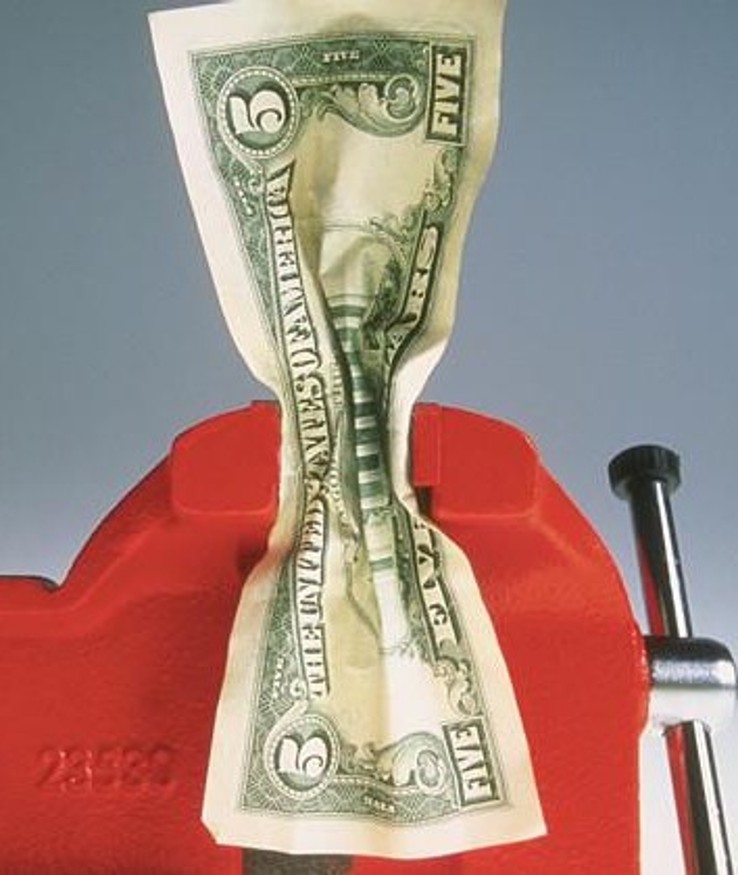 Assume nothing, verify everything with your own eyes!
Assume nothing, verify everything with your own eyes!
Did you know that the word “savings” is the most misunderstood word in our supply chain business? We use it every day to describe cost reductions and cost avoidance, and then report it to our bosses as gospel, but do we really know what the word “savings” means?
When our CFO questions us on why he doesn’t see the millions of dollars we reported to him six months ago hitting his general ledger on a new I.V. contract….is this savings? Or, a department head isn’t seeing the effects of savings on a new waste management contract we signed three months ago…is this savings? Let’s face it, our industry has a challenge tracking savings and ensuring that it actually happened. That’s why you can’t call a savings a savings until it’s tracked, trended and validated as being a savings.
The biggest challenge we have found in getting savings right the first time is dedicating the necessary time to analyze and validate savings before, during, and after the implementation of a savings project. It does not matter what type of savings opportunity you are working on; there is a limit to the time you can expend on any savings project. Generally, once you have met your savings goals you have to draw the line somewhere, right? You then move on to your next savings project. This is the conventional wisdom on this topic, but is it accurate?
The attitude, “our job is finished when we meet our savings goals” is a big reason why savings reporting is unreliable, understated, and untrustworthy at most healthcare organizations today. You see, usage patterns frequently change with new product introductions, so you can’t rely on historical purchases to estimate your savings. For instance, in the past you may have used 2-3 dressing trays per patient day but with the new dressing trays you are now using 5-8. Or, your nursing staff misapplies the product, ignores new policies, or skips training and your utilization hits the roof. Maybe, you didn’t get the savings you anticipated because your product failed and was replaced with a more expensive or feature-rich product that you really didn’t need or want or consider in your original VA Study. The list of missteps, mishaps, and misjudgments could be endless after you turn over the products to your customers, which could reduce the savings you worked so hard to put into place.
One permanent solution to this problem is to start tracking, trending and validating your savings compliance with a utilization management system. This system will automate your savings compliance and enable you to quickly see, or not see, the reductions or increases in your supply chain expenses. For example, if you implement a contract price savings of $150,000 in your general pacemaker implants, then your average cost per pacemaker should decrease correspondingly as shown below.
Figure 1: Change in Pacemaker Cost Over a Six-Month Period
| WHEN | EXPENSE METRIC |
METRIC COST |
| BEFORE Any Change | Average Cost Per Pacemaker |
$5,930 |
| PROJECTED Cost with New Pricing | Average Cost Per Pacemaker |
$4,645 |
| Actual – 6 Months Into New Contract | Average Cost Per Pacemaker |
$5,280 |
To demonstrate this concept (shown in figure 1) you can see that this hospital did not yet achieve all of the savings in pacemakers (49% slippage in cost per implant, or $73,000 annualized) that they had planned, for these two reasons:
1. Their cardiologist’s choice of pacemakers could have skewed to more feature-rich and more expensive pacemakers than was originally projected on the new contract.
2. They could have had more acute patients that required higher-end pacemakers, or there could have been other factors driving the increases.
This hospital didn’t achieve the savings that they projected but they did have a utilization system (i.e. dashboard) to trend, track and then investigate why their savings estimates fell short of their savings goal. The good news is that this hospital was only into the first six months of a two-year contract, which allowed them to reel in the costs as projected over time. If they did not have a utilization system in place, they may have lost the full $150K or more because they would have never known there was a problem, so they would have never acted to correct the utilization issues.
Don’t make the same mistake! Savings are only savings when they are tracked, trended, and validated before, during and after implementation. To assume that all “so called” savings are hitting your hospital’s bottom line is a luxury that none of us can afford in this new era of reform. We must be just like cost accountants: Assume nothing, verify everything with your own eyes!





